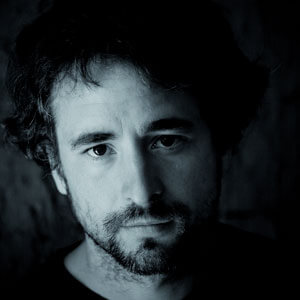Munita travels the world exploring ritual, culture, and crisis, capturing his diverse subject matters with arresting beauty and poignancy. In 2010 Munita won the All Roads National Geographic Award for his work on Lost Harvest-the death of the Loa River. Recent areas of exploration include Kabul, Kandahar and Kashmire and the HIV epidemic.
Tomás is winner of several awards, some of them are:
3 World Press Photo awards. 2006 and 2013
Chris Hondros Fund Award. 2013
LatinAmerican Photographer of the Year Poyi. 2013
2nd price Photographer of the Year Poyi
Visa D´or Daily News (France) for his coverage of the Syrian conflict. 2012
All Roads by National Geographic (US), with his work Lost Harvest, Death of Loa River. 2010
Finalist for Global Vision Award (US), with Lost Harvest, Death of Loa River. 2010
Henri Nannen Preis in (Germany), with his work Island of Sorrow published by Geo. 2010
Rodrigo Rojas de Negri, Santiago. Chile. 2007
Leica Oskar Barnack Award (Germany), with the story Kabul – Leaving the Shadows. 2006
ICP Young Photographer Infinity Award (US). 2005
He is currently based in his hometown, Santiago, Chile.
Selected Books on

